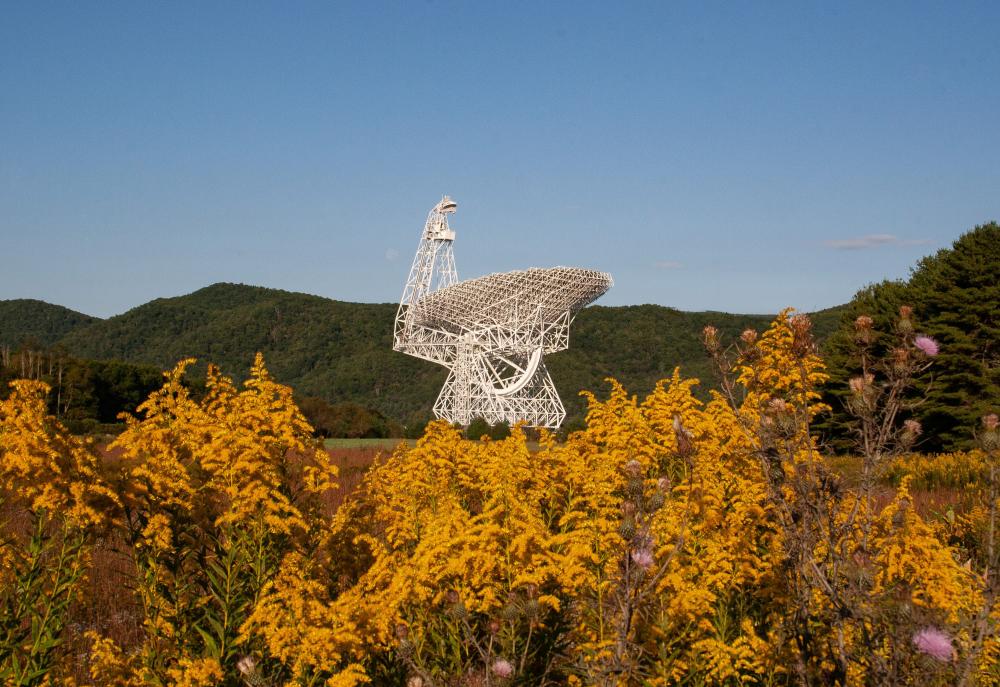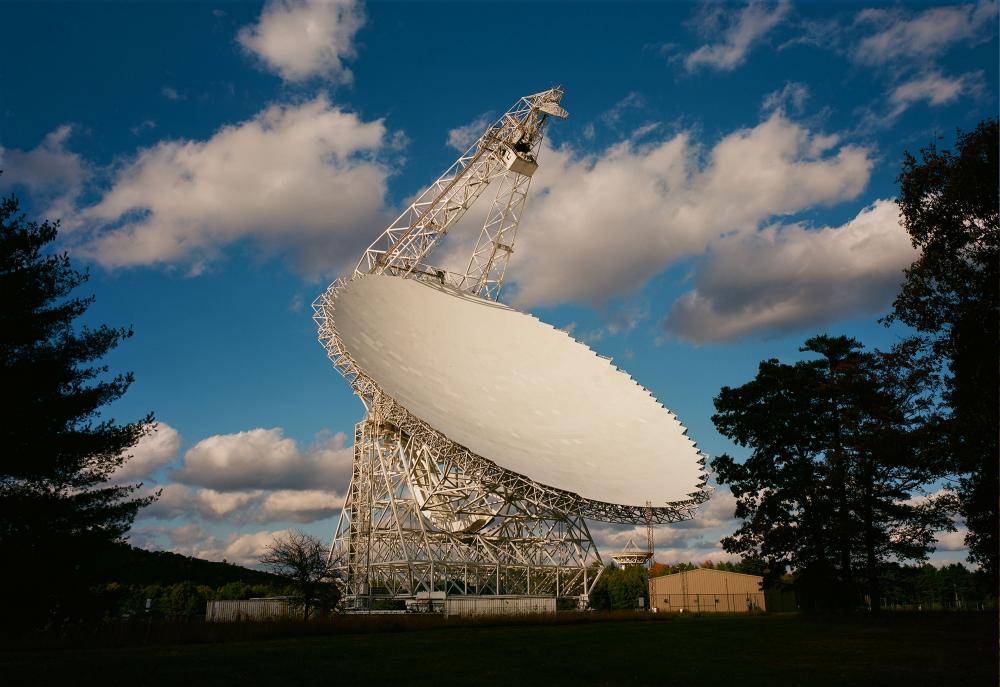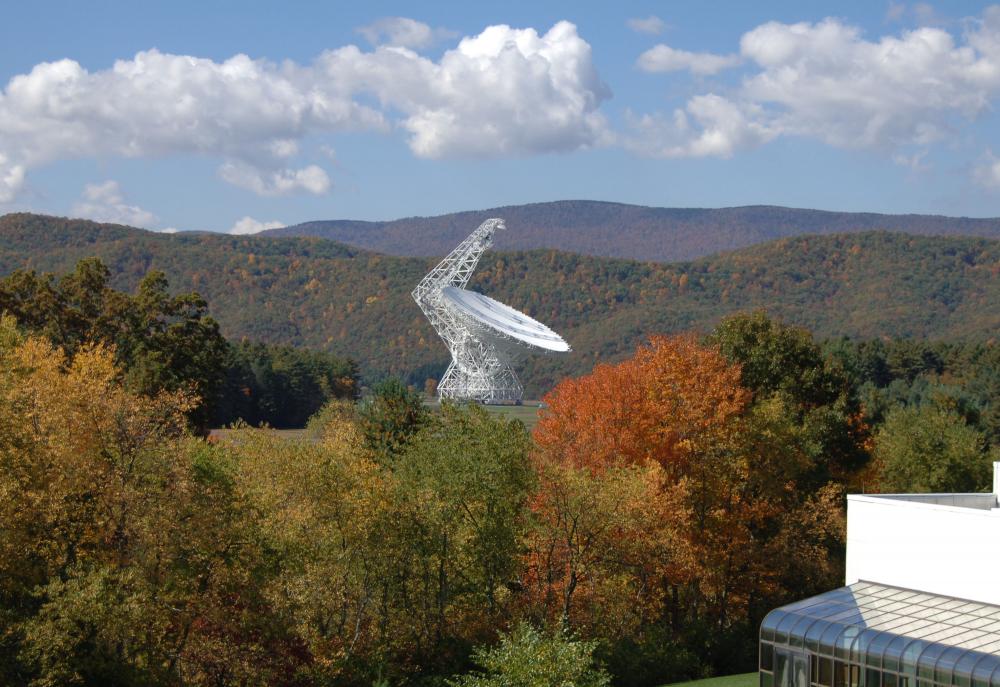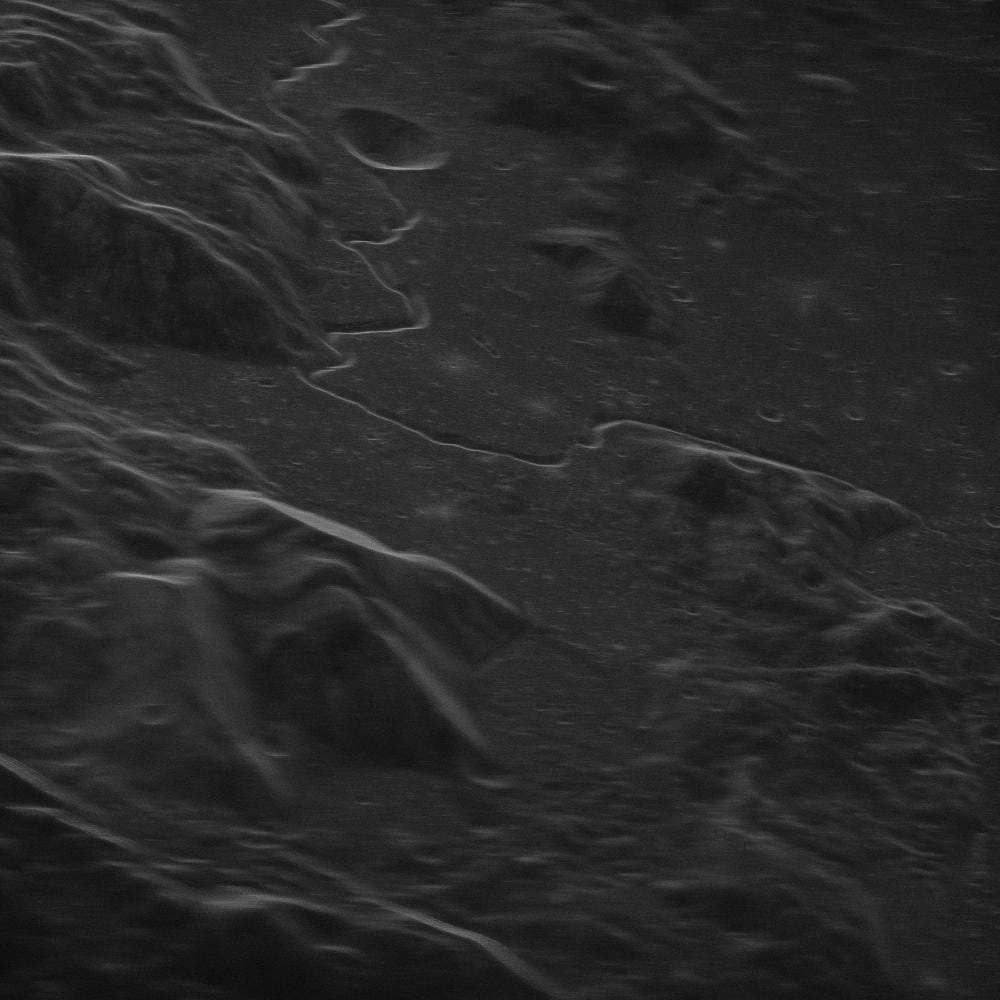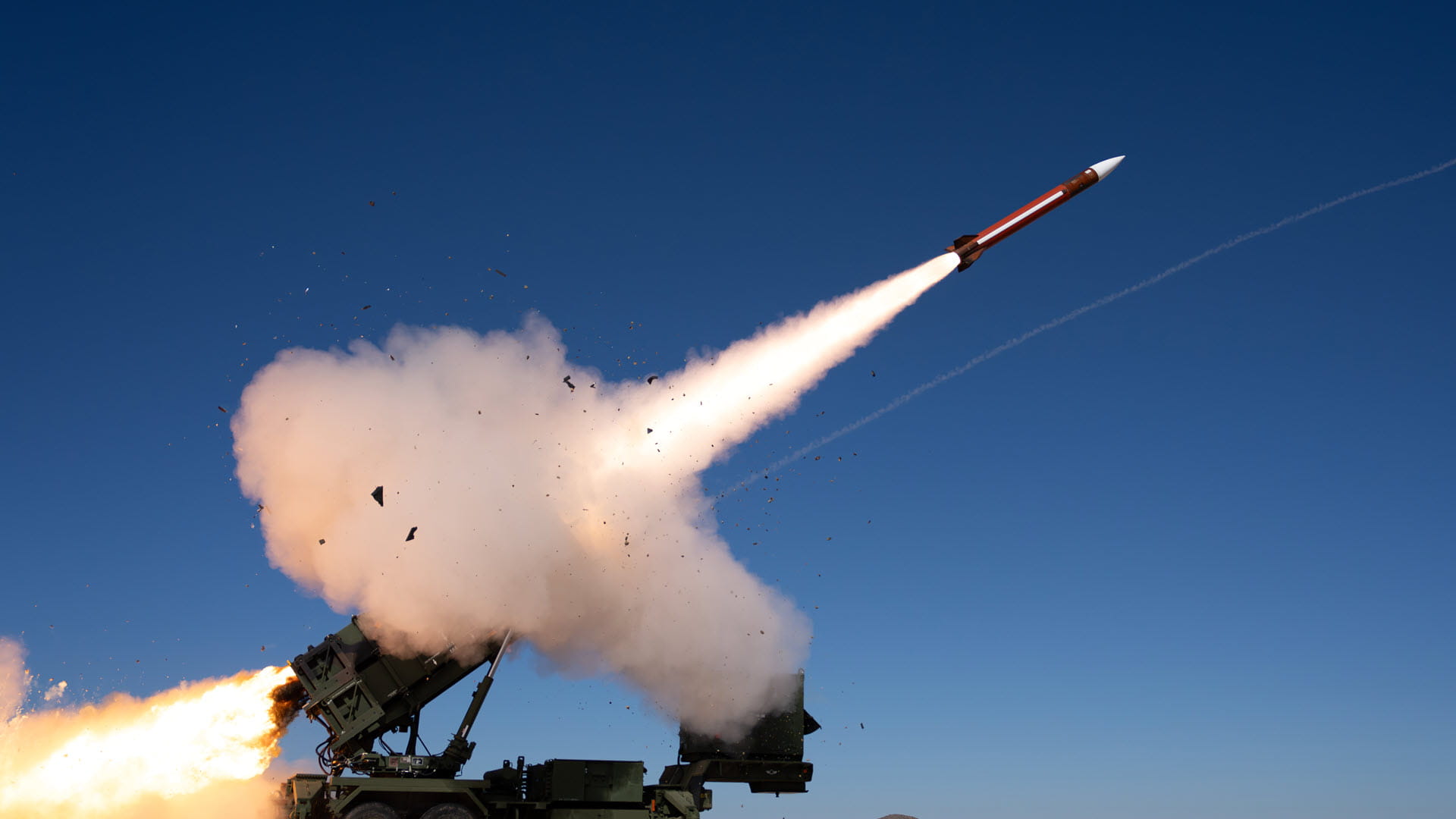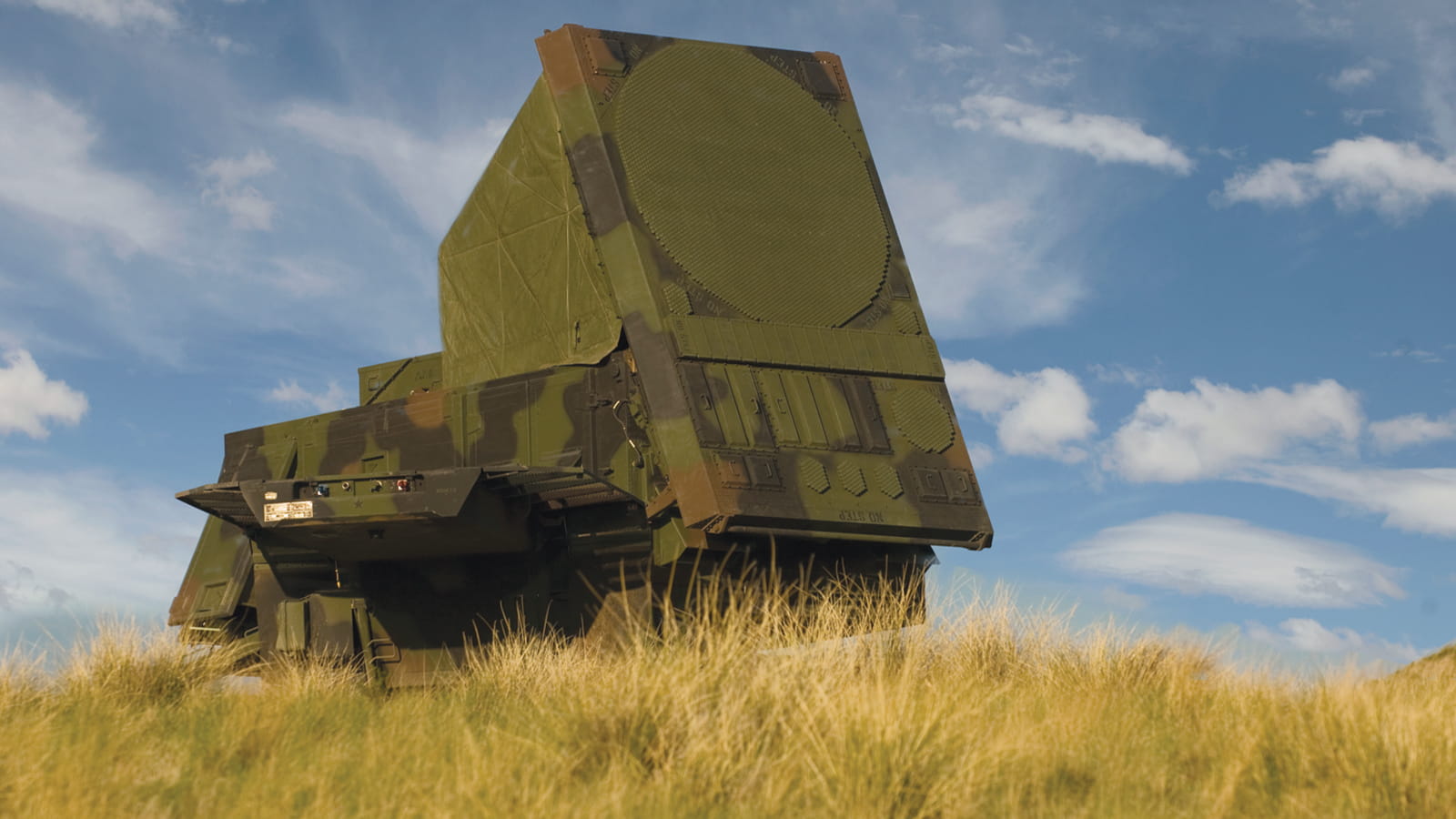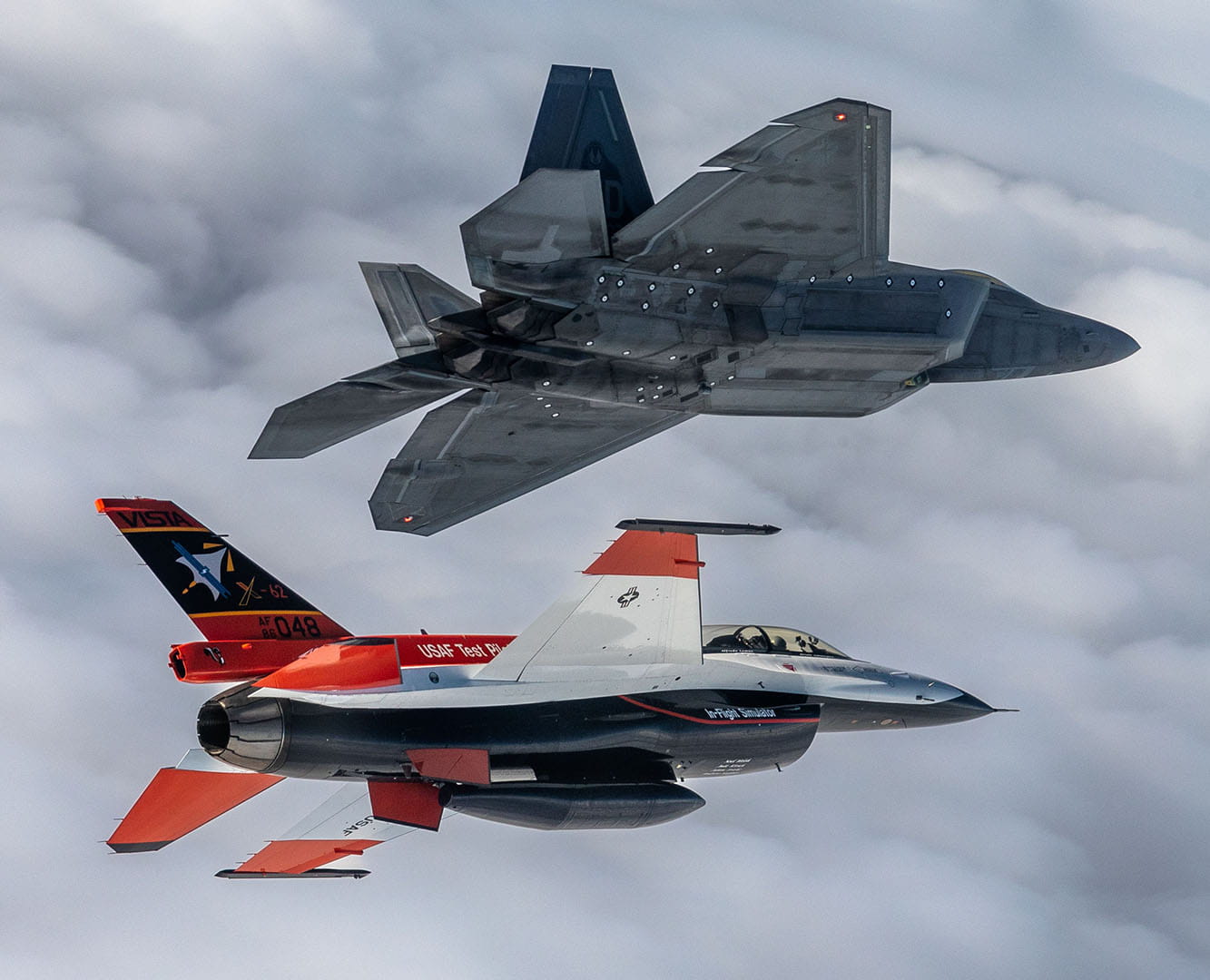Improving planetary defense
The team that turned a telescope into an asteroid-imaging radar
The asteroid was as big as a house. It was traveling 11 miles per second. And it had just entered Earth’s atmosphere.
It exploded 14 miles above the surface, releasing an airburst that damaged thousands of buildings, blew out windows over 200 square miles and injured 1,600 people.
“This was a cosmic wake-up call,” NASA Planetary Defense Officer Lindley Johnson said of the Feb. 15, 2013 incident over Chelyabinsk, Russia.
According to current estimates, there are about 25,000 Near-Earth Objects, or NEOs. A larger asteroid, say, a 400- to 600-foot NEO, could cause millions of injuries or deaths if it struck or exploded over a major metropolitan area.
The National Radio Astronomy Observatory and Raytheon Intelligence & Space, a Raytheon Technologies business, are collaborating on a project to sound the alarm earlier and more precisely if an NEO threatens Earth.
“Today’s optical systems make first discovery of an asteroid but have difficulty making accurate measurement on smaller asteroids…that is where radar provides the critical information,” said Steve Wilkinson, RI&S principal investigator for the NRAO collaboration. “And often our current planetary radars just aren’t strong enough to detect them until they really close to earth; however, that will soon change.”
During a test in November 2020, the National Radio Astronomy Observatory, using an RI&S radar, conducted the first-ever transmission from the National Science Foundation’s Green Bank Telescope in West Virginia. The test produced images of the Apollo 15 moon landing site, using a transmitter installed on the Green Bank Telescope and the widespread antennas of the Very Long Baseline Array – 10 radio observatories that span from Hawaii to Saint Croix – to receive the signal reflected back to Earth. Engineers are working on algorithms to enhance the image quality from the raw data.
“Over the course of the seven decades the NRAO has been doing radio astronomy, we’ve taken part in many radar experiments on the receiving end; however, this is first time we’ve both transmitted and received,” said Tony Beasley, NRAO director. “This initiative will play an important role in the future of our planetary defense strategy as well as make a major contribution to science and research.”
The test showed that the Green Bank Telescope can transmit radar, and it paved the way for the design of a more powerful transmitter for the GBT – the world’s largest fully steerable radio telescope. Its dish, 330 feet in diameter, has earned it the nickname “the Great Big Thing.”
The technology was developed as part of a cooperative research and development agreement between NRAO and Raytheon Intelligence & Space, originally announced in March 2020.
The skies are not the limit
Next up: Uranus and Neptune. Using data from the November 2020 test, the NRAO, Green Bank Telescope and RI&S will finalize plans for a 500-kilowatt radar system that operates in the Ka band of the electromagnetic spectrum.
The result, researchers hope, will be a system that will allow astronomers to use radar signals as far as the orbits of Uranus and Neptune, increasing our understanding of the solar system.
“The planned system will be a leap forward in radar science, allowing access to never-before-seen features of the solar system from right here on Earth,” said Karen O’Neil, Green Bank Observatory site director.
A system at this power can detect asteroids at a level of fidelity never before captured by radar, and not possible with a traditional optical telescope. Radio astronomy – unlike optical astronomy that is limited to visible light – uses radio waves that can reveal a hidden universe that is unseen by the eyes. It also has the advantage that sunlight doesn’t affect observations.
A more powerful Green Bank Telescope could pinpoint position and velocity of NEOs, tracking those that pose a danger to the planet.
“Depending on how far away they are, we might be able to image the object, and determine its composition and whether it’s rotating,” Beasley said. “Our role in planetary defense is characterizing the risk and determining how big and dangerous NEOs are. It’s a really important goal, and this new system will contribute to it in a fantastic way.”

